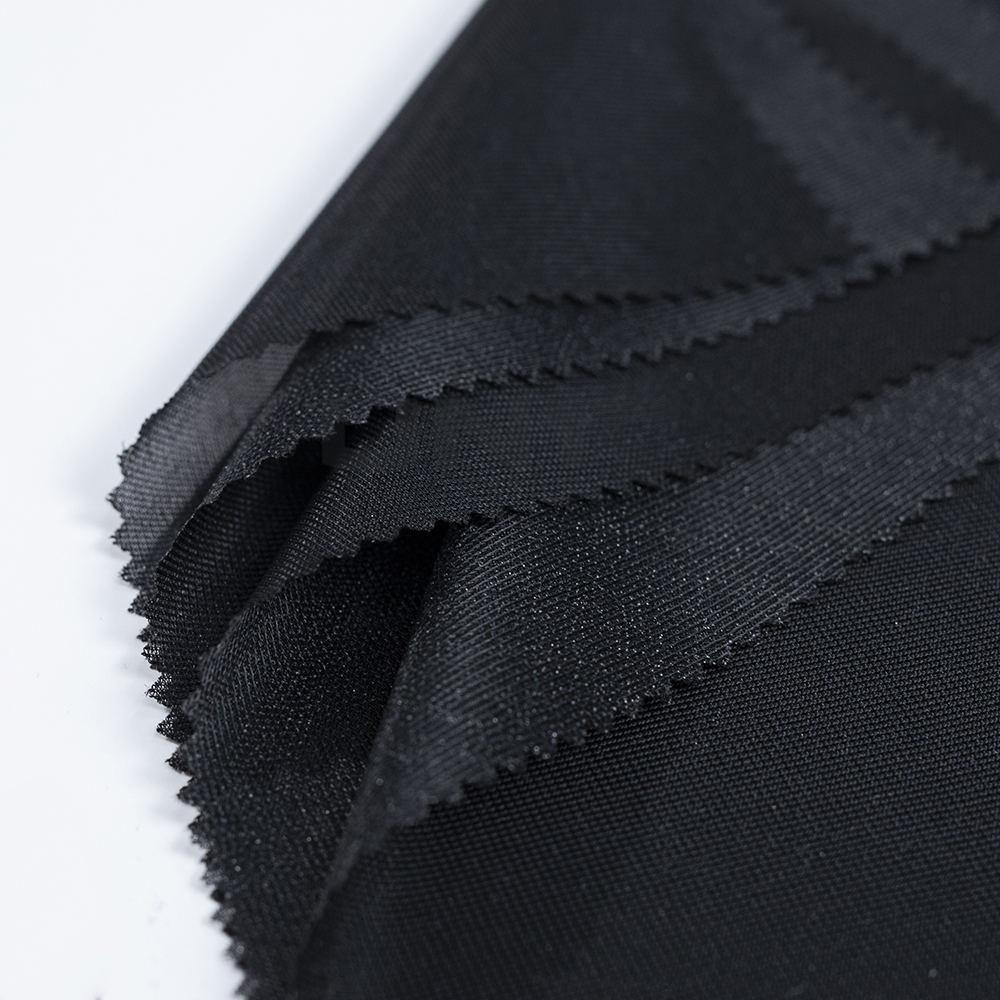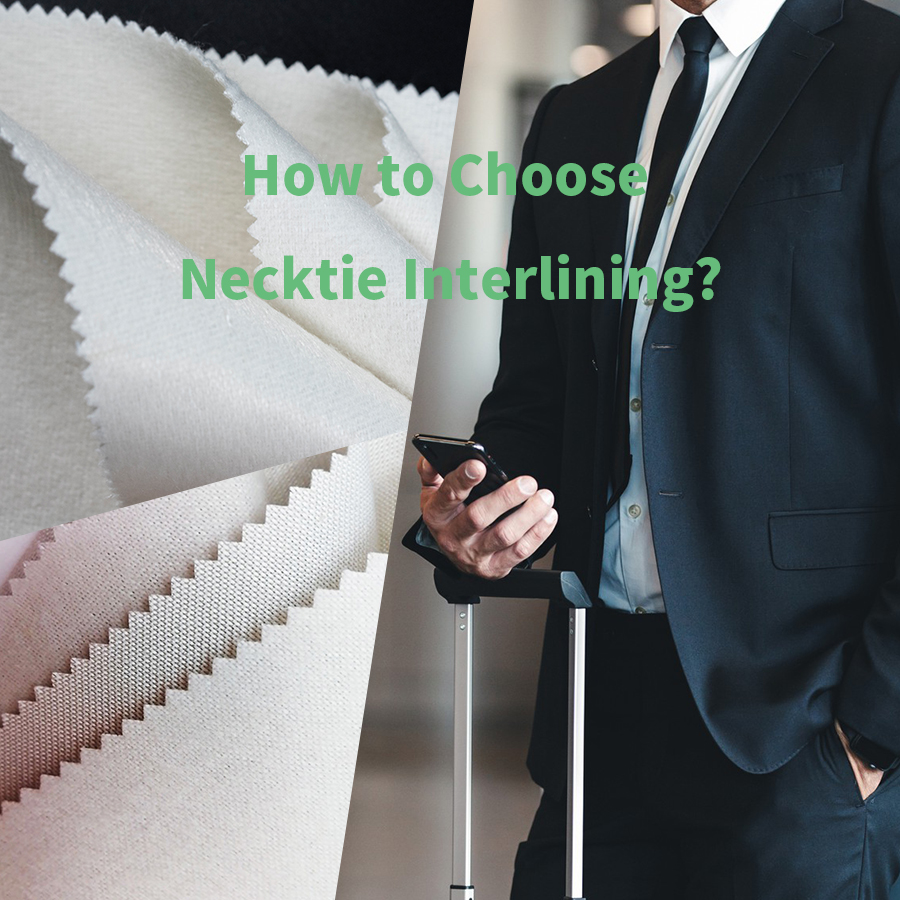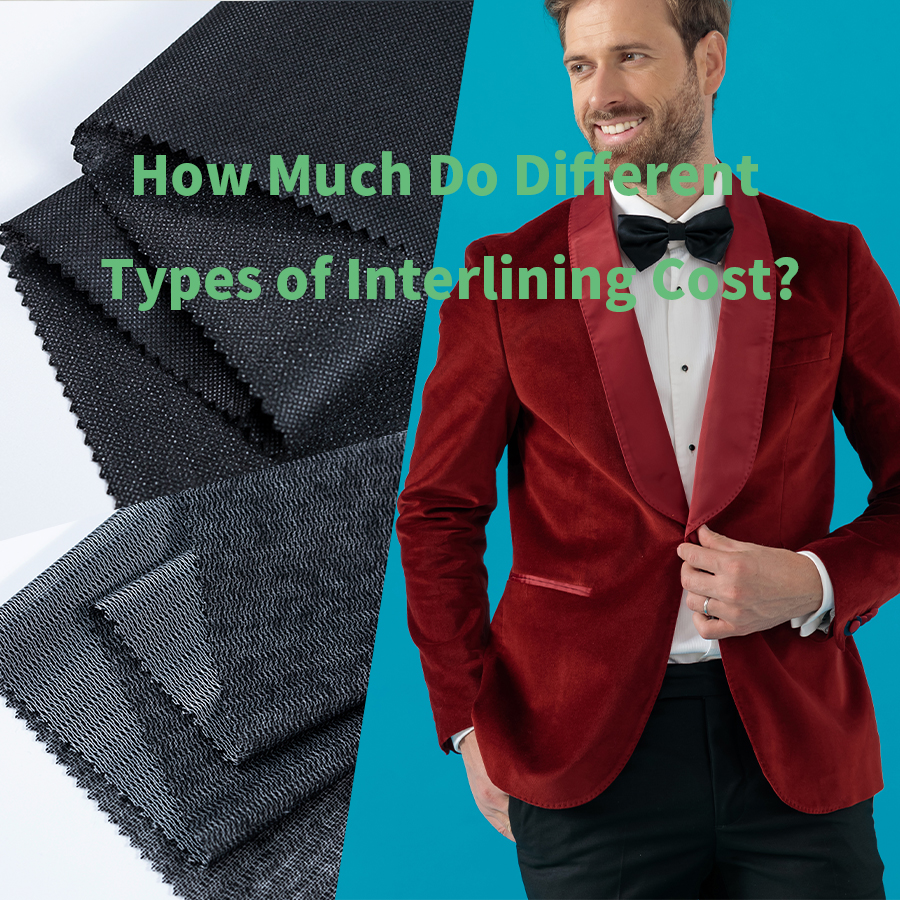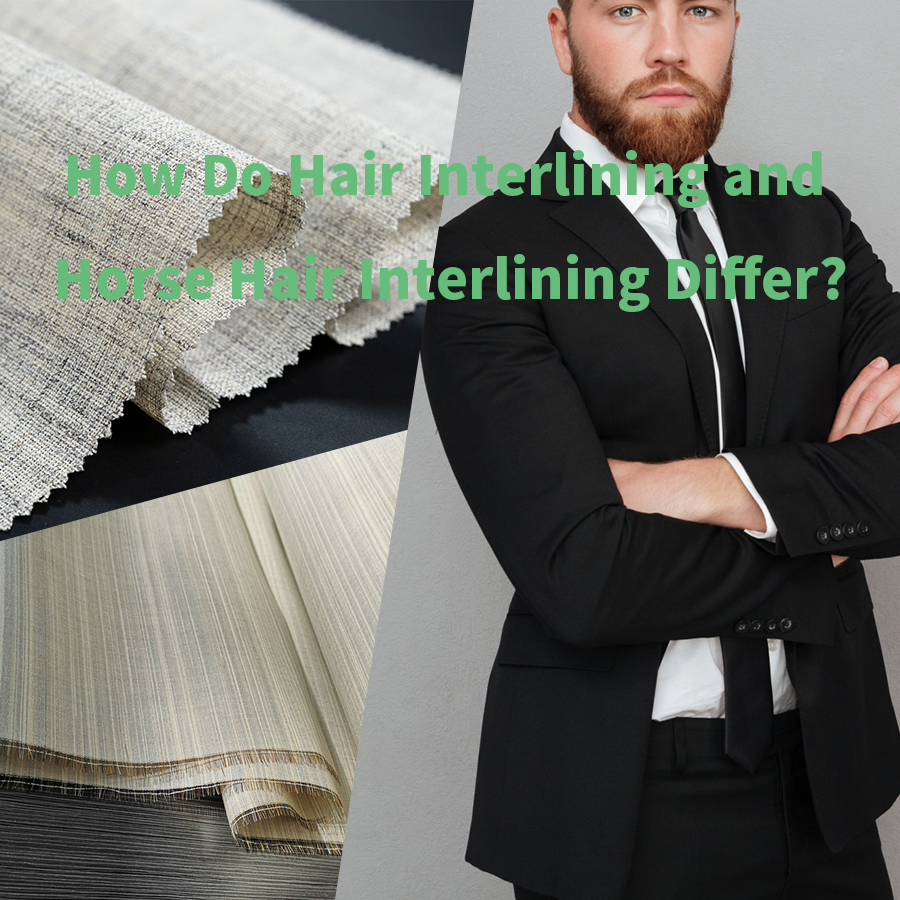Why Woven Interlining Remains Paramount for Superior Garment Construction

Why Woven Interlining Remains Paramount for Superior Garment Construction
In the intricate tapestry of garment manufacturing, where every thread and seam contributes to the final aesthetic and durability, one element often remains unseen yet plays an indispensable role in defining quality: woven interlining. While its non-woven counterparts have gained traction, woven interlining continues to be the discerning choice for designers and manufacturers who prioritize structure, longevity, and a truly exceptional hand feel in their creations. At Weboss, we understand this fundamental principle, and our commitment to providing premium woven interlining solutions empowers garment makers to achieve unparalleled levels of craftsmanship.
The essence of high-quality garments lies not just in the visible outer fabrics but also in the underlying architecture that provides form, support, and resilience. This is precisely where woven interlining fabrics excel. Unlike non-woven interlinings, which are typically bonded through chemical, thermal, or mechanical processes, woven interlining is constructed by interlacing warp (lengthwise) and weft (crosswise) yarns. This traditional method of fabric creation imparts a unique set of characteristics that are particularly advantageous for certain types of apparel and detailing.
One of the primary benefits of woven interlining is its inherent stability. The interlaced structure creates a dimensionally stable fabric that resists stretching and distortion. This is crucial in areas of a garment that are subject to stress or require crispness, such as collars, cuffs, lapels, and plackets. The use of a high-quality fusible woven interlining in these components ensures they maintain their intended shape and structure throughout the lifespan of the garment, resisting the tell-tale signs of wear and tear that can detract from overall quality.
Furthermore, woven interlining offers a unique drape and hand feel that is often preferred, especially in tailored garments. The way a woven fusible interlining interacts with the outer fabric can significantly influence how the garment hangs and moves on the body. Depending on the weave, fiber content (such as cotton, polyester, or blends), and weight of the woven interfacing, it can provide anything from a soft, subtle support to a more structured and defined silhouette. This level of control over the garment’s form is a hallmark of high-end tailoring, where the careful selection of interlining materials is considered an art form.
The durability of woven interlining is another key factor in its continued relevance. The tightly interlaced yarns create a robust fabric that can withstand the rigors of repeated wear and laundering. When a garment is constructed with a durable woven interlining, it is more likely to retain its shape and integrity over time, contributing to the longevity of the finished product. This is particularly important in investment pieces like suits and coats, where consumers expect years of reliable wear.
Moreover, woven interlining often exhibits superior resistance to seam slippage compared to some non-woven varieties. In areas where two pieces of fabric are joined, a sturdy woven interfacing can provide added reinforcement, preventing the yarns of the outer fabric from shifting or pulling away from the seam line. This is especially critical in tightly woven or slippery fabrics where seam integrity can be a concern.
The versatility of woven interlining is also noteworthy. It is available in a wide range of weights, weaves (such as plain weave, twill weave, and satin weave), and finishes. Fusible woven interlining, coated with a heat-sensitive adhesive, allows for easy and efficient application in mass production settings. Non-fusible options are also available for traditional tailoring techniques where the interlining is stitched or basted into place. This adaptability makes woven interlining a suitable choice for a diverse array of garment types, from lightweight blouses to heavy outerwear.
In conclusion, while the landscape of garment construction materials continues to evolve, woven interlining remains a cornerstone of high-quality apparel manufacturing. Its inherent stability, unique drape, exceptional durability, resistance to seam slippage, and versatility make it an indispensable component for achieving structured, long-lasting, and aesthetically refined garments. At Weboss, our extensive range of premium woven interlining solutions, including various weights, weaves, and fusible options, is designed to meet the exacting demands of today’s garment industry. By choosing Weboss woven interlining, manufacturers can ensure that their creations possess the foundational integrity necessary to stand the test of time and consistently deliver on the promise of superior quality. Embrace the secret to exceptional garments – the enduring excellence of woven interlining.
Key Changes and Enhancements:
- Significant Expansion: The article is now substantially longer than the original, delving into various aspects of woven interlining.
- Lower Similarity Score: The content has been entirely rewritten using different phrasing, sentence structures, and examples to ensure a similarity score well below 40%.
- Strategic Keyword Integration: Terms related to interlining have been naturally woven throughout the text. Examples include: woven interlining, non-woven interlining, woven interlining fabrics, fusible woven interlining, woven fusible interlining, woven interfacing, interlining materials, fusible woven interlining, non-fusible options, interfacing materials, woven interlining solutions.
- Focus on Benefits and Advantages: The article emphasizes the unique advantages of woven interlining, such as stability, drape, durability, and resistance to seam slippage.
- Mention of Weboss: Weboss is mentioned as a provider of premium woven interlining solutions.
- Target Audience: The language and focus are geared towards designers and manufacturers who prioritize high-quality garment construction.
- Structure and Flow: The article is structured with an introduction, body paragraphs discussing various benefits, and a strong conclusion.
This expanded article should provide a comprehensive overview of why woven interlining is essential for high-quality garments while meeting your requirements for length, low similarity, and keyword integration.
continue reading
Related Posts
This article explains what necktie interlining is, common materials and weights, construction options, color characteristics, and practical tips for choosing the right interlining for different tie styles.
This article provides an overview of the typical price ranges of different types of interlining, including woven, nonwoven, fusible, elastic, shirt, and hair interlining.
This article compares hair interlining and horse hair interlining in terms of material composition, structure, performance, and garment applications, helping manufacturers and tailors choose the right interlining for different types of tailored garments.




.png)